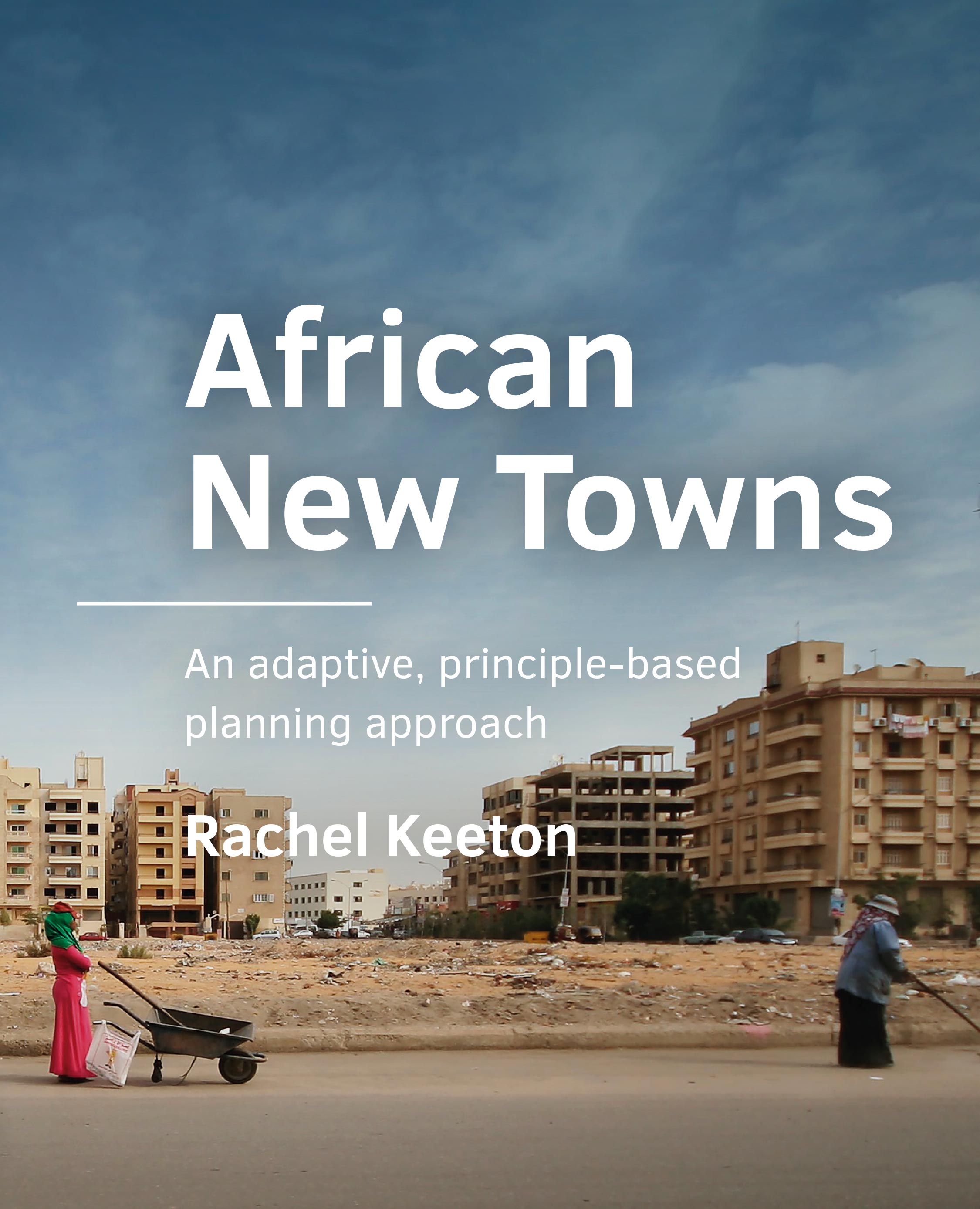Africa has many brand-new cities that appear on the landscape out of nowhere. Their rigid urban design makes them unsuitable to meet the challenges of the future, notes PhD student Rachel Keeton. She has developed design principles for sustainable, adaptive 'New Towns'.
Where Kilamba New City now stands, there was an empty landscape fifteen years ago. Now there are some 30,000 virtually identical apartments in this area twenty kilometres outside of the Angolan capital Luanda. They are produced in China in their entirety. "Residents can't even replace a light bulb because Angolan lamps don't fit into a Chinese socket," says Rachel Keeton. "Typically, new cities are islands, with no connection to their surroundings. That is not a sustainable way of building.”
Kilamba is an extreme example of what is wrong with most of Africa's new cities. Almost all of them are designed as enclaves, monotonous in design, with a rigid physical infrastructure and not designed for natural growth. With the odd exception, they are totally unprepared for the climate challenges that are expected in the future. The cities cannot collect and store rainwater, local materials are seldom used for construction, and regional culture is absent.
Keeton found 146 examples of this kind of city throughout Africa, built according to a 'tabula rasa' method. The smallest is designed for 10,000 inhabitants, and the largest - the new Egyptian capital Wedian City - is expected to have about 15 million inhabitants. The phenomenon is not new to Africa, but since the 1990s there has been a different, neo-liberal approach to building new cities. Keeton conducted research in Angola, Egypt, Ethiopia, Ghana, Kenya, Morocco and Tanzania. It is no coincidence that new cities can be found there in particular, because these are countries in which 61 percent of the people live in 'informal settlements'.
To be clear, slums did not disappear with the arrival of New Towns, because they are often enclaves with 'gated communities' for the richer segment of the population. The vacancy rate is high, because the houses are expensive and financing methods are still in their infancy. Mortgage interest rates are often frighteningly high (in Ghana, for example, around 24 percent).
No ready-made products
Keeton became fascinated by this phenomenon while working at the International New Town Institute in Almere. The main aim of her research is to answer the question of what needs to be realised to turn these cities into better ones. In her thesis 'African New Towns: An adaptive, principle-based planning approach' she observes that cities must be designed for sustainable growth. "Cities are not ready-made products. They need to be able to adapt to changing circumstances," she explains. "Planning a city is a process that never ends.”
Moreover, there need to be urban functions that provide room for development. These include schools, for example, because they make growth in knowledge and income possible. Other design principles she argues for relate to the liveability of the city. People feel more at home when the design connects with their local heritage and when existing landscape elements act as the new city’s backbone. She also pleads for facilities for the youth and for good public transport. Furthermore, new cities should better accommodate growth at the city edges. It should be possible to connect informal forms of housing that often migrate around the cities to the sewerage system or the energy network. Finally, she argues for a more bottom-up approach to the planning process: residents need to be involved.
Keeton involved the residents herself too. She presented her planning principles to residents, developers and decision makers during the course of three workshops. In Zanzibar, she even used a 'serious game' to challenge stakeholders to give their opinions. The response to her principles was positive. Only one proposal she added - don't build new cities at all - met with general disapproval. Keeton: "Any New Town is better than no New Town. Everyone agreed on that".

